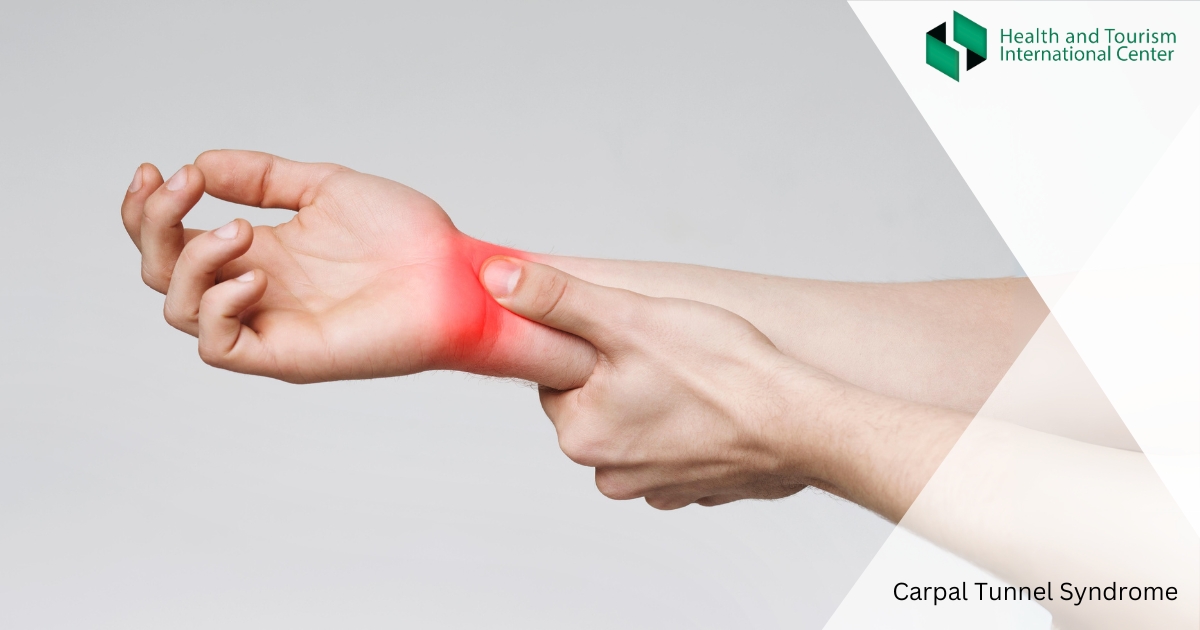What is carpal tunnel syndrome?
Carpal tunnel syndrome is a common condition. The diagnosis is characterized by a feeling of numbness, pain and tingling in the hand or forearm. In a large percentage of clinical cases, the condition worsens over time.
In case of a complaint, you should consult a doctor in time, because if you do not treat it, the limb will lose its function.
The cause of the pathology is the narrowing of the channel or the swelling of the flexor muscle tissue - as a result, the pressure increases on the median nerve and the normal process of blood supply is hindered. Basically, the disease is formed due to a combination of various factors.
Statistically, carpal tunnel syndrome is more common in women and older people.
Pathology risk factors are:
- Genetics;
- During the day, you use your hand in the same position, that is, the limb is involved in the same, repeated movement;
- A posture or activity that is unnatural for the hand, for example, the limb is bent too much, etc.;
- Hormonal changes characteristic of pregnancy;
- History of diabetes, rheumatoid arthritis, thyroid imbalance.
Symptoms of carpal tunnel syndrome include:
- Numbness;
- Burning sensation;
- Pain;
- Tingling sensation;
- Weakness;
- The patient has difficulty holding things;
- Periodic shock-like sensation.
As a rule, the symptoms develop gradually and the signs appear without any prerequisites, for example, no injury is recorded, that is, the person has not received an injury.
Patients often note that symptoms appear at the initial stage and then disappear again. However, as the disease progresses, the symptoms are more acute and intense.
Discomfort occurs at night and the patient is often awakened by pain or other symptoms.
Source:
https://orthoinfo.aaos.org/en/diseases--conditions/carpal-tunnel-syndrome/

